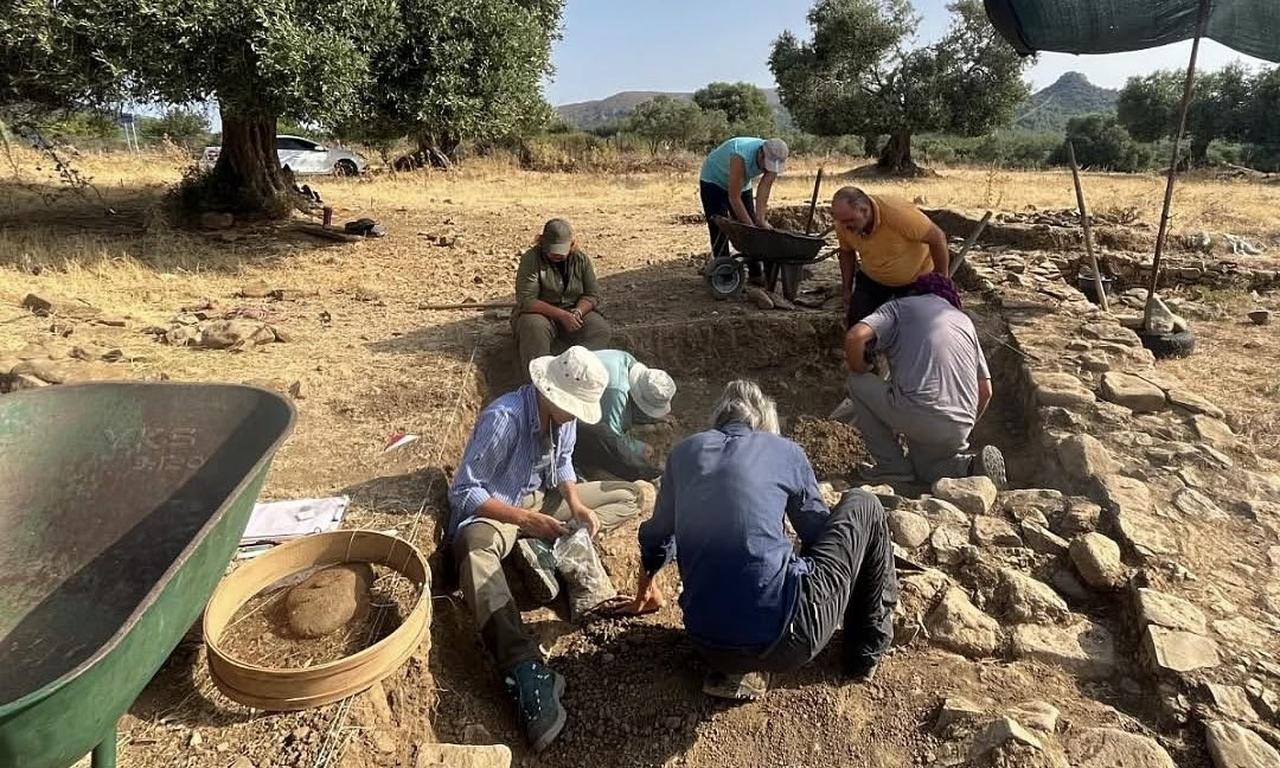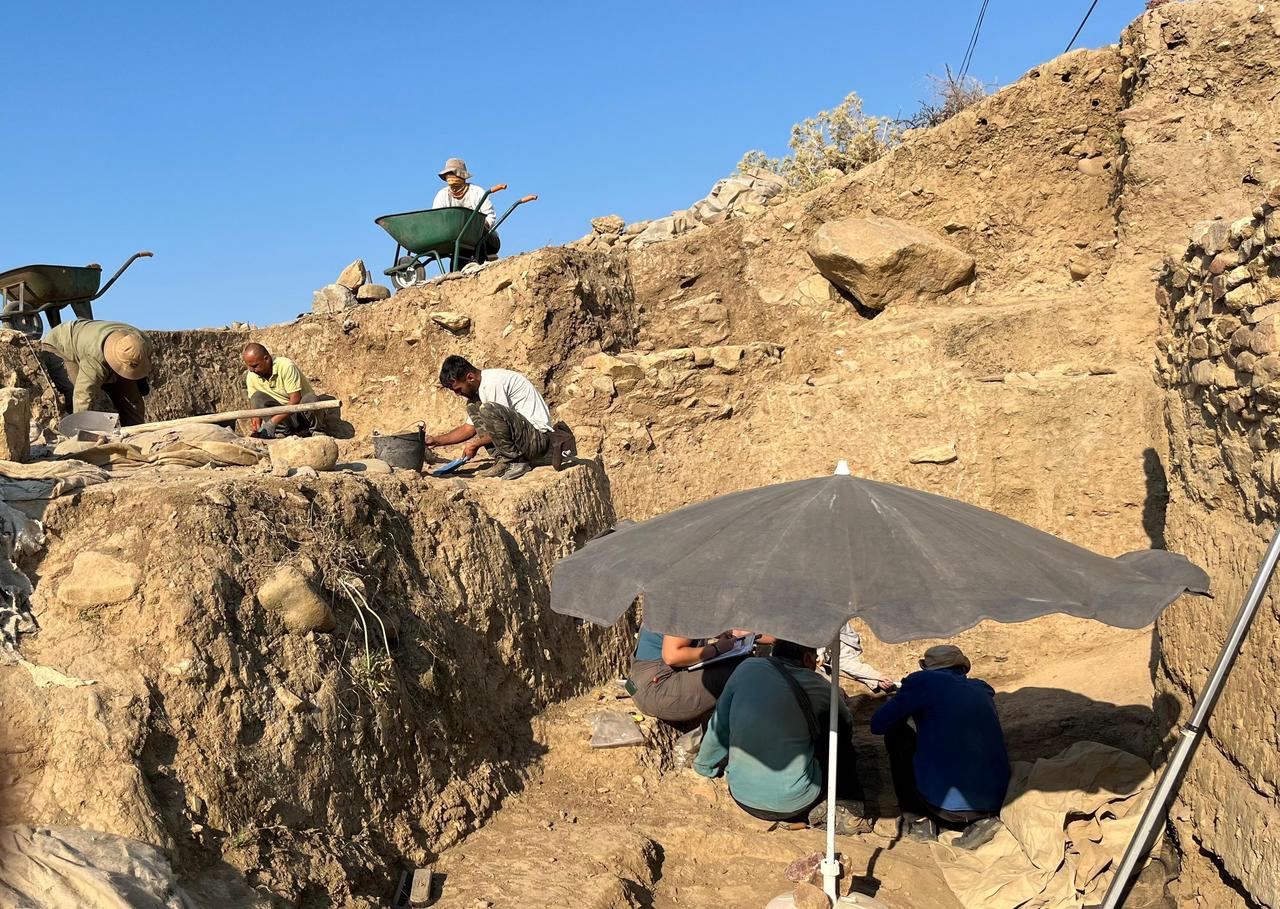
Archaeological excavations on Gokceada, Türkiye’s largest island in the northern Aegean, have revealed the earliest known village settlement in the Aegean islands, where the food economy was based on farming and animal husbandry.

Excavations at the Ugurlu-Zeytinlik site on Gokceada, located in the province of Canakkale, have been ongoing for 15 years under the supervision of Türkiye’s Ministry of Culture and Tourism. The project has uncovered the earliest village in the Aegean islands where agriculture and livestock formed the basis of life. This discovery reshapes our understanding of how Neolithic societies developed across the eastern Aegean.
Archaeologists noted that Ugurlu-Zeytinlik was not only the first site of its kind in terms of its economic model but also led the way in areas such as pottery production, metallurgy, and monumental architecture among the Aegean islands. These findings suggest that the settlement may hold the oldest known evidence of urbanisation in the region.

Identified in 1998 and excavated since 2009 by a team led by Professor Burcin Erdogu from Akdeniz University, the site provides critical insight into how Neolithic life spread into Europe. Ugurlu-Zeytinlik is now regarded as a key location for understanding the interaction between Anatolia, the Aegean islands, and the Balkans during the Neolithic and Chalcolithic periods.
With six distinct cultural layers uncovered so far, the earliest one dates back to the Pre-Pottery Neolithic, roughly between 6,800 and 6,600 B.C. Pottery began appearing in the settlement around 6,600 B.C.. The fifth layer, dating to between 6,500 and 5,900 B.C., marks the progression of Neolithic life, while the fourth layer, between 5,900 and 5,500 B.C., represents its final phase.

The third layer, which spans the transition from the Neolithic to the Chalcolithic period around 5500–4900 B.C., provides the earliest known evidence of urban life on the island.
During this period, the settlement expanded significantly, and structures associated with early forms of town planning began to emerge. The final layer of occupation, dated to 4500–4300 B.C., marks the last known phase of habitation at the site.